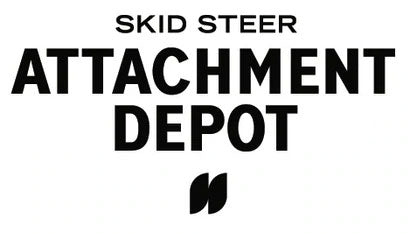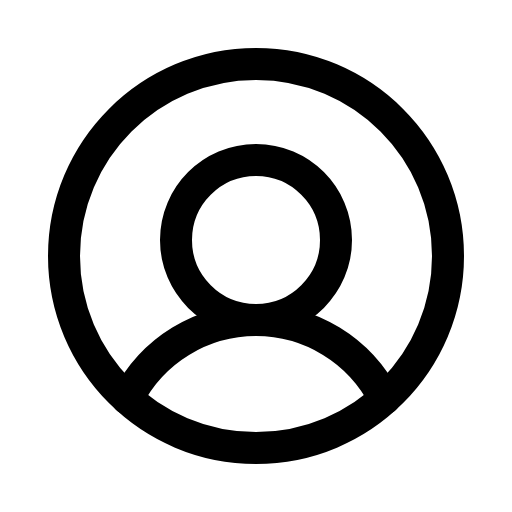Identifying Your Tractor Hitch Type
Buying a tractor is a big life decision. One that typically comes on the coattails of the acquisition of a farm or a piece of property that may require some equipment to complete any projects you have in mind. Nearly ten times out of ten, the tractor comes first, with the attachments an afterthought.
There are a few things to consider when buying a tractor, including its condition, size, price, and the application for which you’ll use it. In this article we’re going to focus mainly on size. The size of the tractor dictates what 3-point hitch category comes with it. This also directly affects the attachments that you can use with the tractor. And the application of the combo and so forth.
Identifying Your Tractor Hitch Type (Based on Size)
Identifying your tractor hitch type before purchasing an attachment will save you a lot of time and money up front. The hitches we’re talking about are called 3-point hitches - the system on the back that connects an attachment, such as a bush hog, to the tractor. They come in five categories listed as 0-4; 0 being a very small tractor and 4 a dual-axle deal you see working at major farm operations.

Identifying your tractor hitch type before purchasing an attachment will save you a lot of time and money up front.
What Size Tractor Do You Need?
Ultimately, how will the tractor, or any tool for that matter, be applied to your property? Are you cutting a lawn and planting a garden or bush hogging overgrown fields and hauling lumber?
The size of your tractor ought to match the size of the property and the projects you plan on implementing.
Match the Tractor to the Attachment
A common mistake in the tractor-to-attachment relationship is a size mismatch in the two. Say you purchase a brand new 95 horsepower John Deere tractor because it’s shiny, green, powerful, and feels good to drive.
But then it’s time to start adding attachments to go with your tractor in order to complete projects on your property. The “farm” budget has been exhausted on the tractor with little capital left for other equipment. So you look for cheap alternatives, most of which are too small to fit a 95 horsepower tractor. Either you buy it and it doesn’t fit or you buy it and it breaks upon first use.
So, the standard size categories for identifying your tractor hitch type are as follows:

Category 0 Tractor Hitches
The category 0 hitch is what you’ll find on a very small tractor or lawnmower. This size tractor is mostly used for the lawn and garden. Attachments range from tillers to back blades. We will say that while the tractor with a category 0 hitch was very popular in the 1970s all the way up to the 90s, they are a bit harder to find these days. Many manufacturers started making category 1 3-point hitches standard for smaller and subcompact tractors.

The category 1 hitch is what you’ll find on a tractor with an engine size ranging from 20-45 horsepower.
Category 1 Tractor Hitches
The category 1 hitch is what you’ll find on a tractor with an engine size ranging from 20-45 horsepower. However, the caveat here is that some category 1 attachments may not be right for your category 1 hitch - you’ll find that some cat. 1 attachments are too heavy for a tractor this size. In this case, measure the tractor’s capabilities, as well as the hitch system, before making your attachment choice.
Limited Category 1 Hitch
We’d be remiss to not cover what’s known as limited category 1 hitches. These tractors have the same mounting dimensions as category 1. The main differentiator is in the tractor’s ground clearance and how far the lifting arms travel up and down. That said, a limited category 1 hitch is just that, limited. And may not be able to lift some attachments high enough to move across the property without scraping the ground.
Category 2 Tractor Hitches
Now we’re starting to get up to a size tractor that you’d use on a farm. The maximum horsepower for a tractor in cat. 2 is 100 horsepower, which is a heavy duty engine. On the hitch system you’ll find that the arm spacing is much wider and the link pin diameter is much thicker at one inch.
A category 2 3-point hitch system should accompany much heavier attachments. The torque on a 95 horsepower tractor is immense compared to even a smaller cat. 2 engine (say, 40hp) and should have an attachment that can withstand it. This is the line we all must walk - having a small tractor with large attachments is dangerous and counterproductive as is a large tractor and small implements. Size matters!
Category 3 & 4 Tractor Hitches
As it does here. Minimum horsepower for a cat. 3 hitch is 80 and a cat. 4 is at least 180. These are big tractors, which require big attachments. And they are probably bigger than what you may need as a weekend farmer who likes to put in a garden and a few food plots for wildlife.

Cat. 4 tractors are bigger than what you may need as a weekend farmer who likes to put in a garden and a few food plots for wildlife.
While you may find that some tractor hitch systems are proprietary to the manufacture, these categories, for the most part, will suffice when it comes time to purchase attachments. We’ll say it again, size matters. So choose correctly, be safe, and as always, let us know if we can help you purchase your next tractor implement or attachment.




